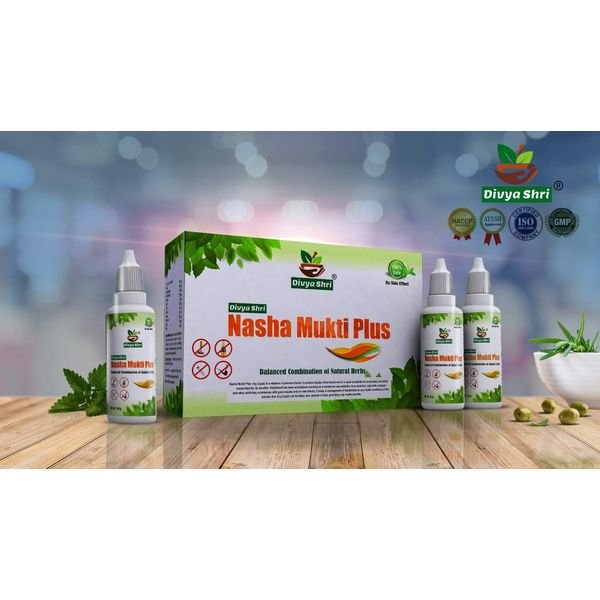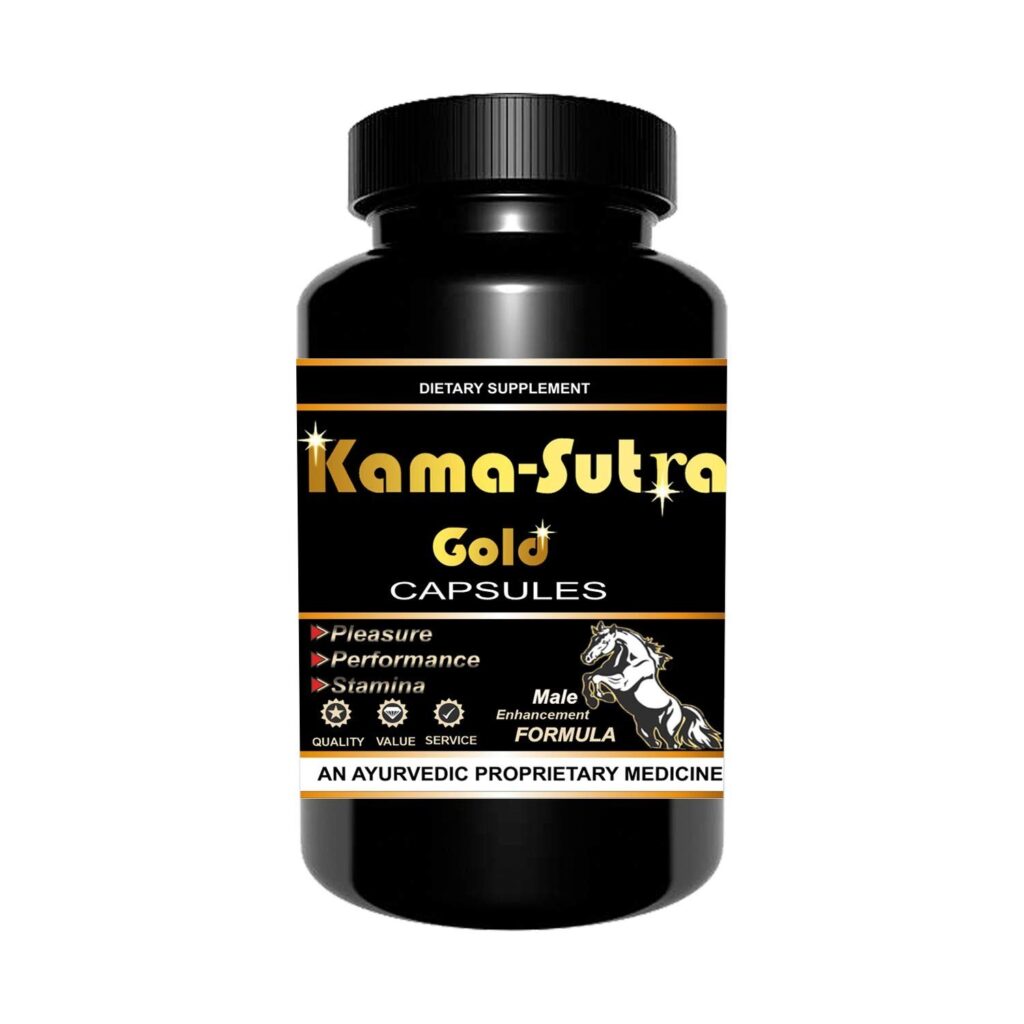The article titled ‘Understanding the Difference Between Herbal and Ayurvedic Drugs’ delves into the nuances distinguishing these two ancient forms of medicine. While both herbal and Ayurvedic drugs harness the power of nature for healing, their philosophies, ingredients, and preparation methods differ significantly. This exploration provides insights into their origins, development, and the modern implications of their use in healthcare.
Key Takeaways
- Herbal drugs are primarily plant-based remedies, while Ayurvedic drugs incorporate a holistic approach involving body, mind, and spirit.
- The origins of herbal medicine can be traced globally, whereas Ayurvedic medicine has its roots deeply embedded in ancient Indian culture.
- Both types of drugs use natural ingredients, but Ayurvedic remedies often include a more complex regimen of diet, lifestyle, and detoxification.
- Preparation methods for Ayurvedic drugs are typically more ritualistic and intertwined with spiritual practices compared to herbal medicine.
- Despite their natural origins, both herbal and Ayurvedic drugs face rigorous regulatory challenges to ensure safety and efficacy in modern medicine.
Defining Herbal and Ayurvedic Drugs
What are Herbal Drugs?
Herbal drugs consist of substances derived from plants used primarily for their therapeutic benefits. They are often sold as supplements and can be found in various forms such as teas, pills, or powders. Herbal supplements and probiotics offer various health benefits, including immune support and gut health.
What are Ayurvedic Drugs?
Ayurvedic drugs are a type of traditional medicine rooted in the Indian subcontinent. They utilize a holistic approach, focusing on maintaining a balance between the body, mind, and environment. Ayurvedic remedies often include a combination of herbal compounds, dietary changes, and lifestyle adjustments.
Key Philosophies and Origins
The key philosophy behind both herbal and Ayurvedic medicine is the belief in natural healing. Originating from different cultural backgrounds, these practices emphasize the prevention of disease and the promotion of health. Ayurveda, for instance, is based on the concept of balancing the body’s three doshas.
Historical Context and Evolution
Traditional Uses of Herbal Drugs
Herbal drugs have been used for centuries across various cultures for their medicinal properties. These natural remedies were primarily used to treat common ailments like colds, headaches, and digestive issues. The use of plants in medicine is deeply rooted in the natural environment and cultural practices of a region.
Development of Ayurvedic Practices
The development of Ayurvedic practices can be traced back to ancient India, where it was systematized in texts like the Charaka Samhita. Ayurvedic medicine focuses on balancing the body, mind, and spirit to prevent and treat illness. This holistic approach has influenced many modern alternative medicine practices.
Impact on Modern Medicine
Ayurvedic and herbal medicines have significantly impacted modern medicine by providing alternative treatment options and inspiring new pharmaceutical research. The integration of these traditional practices into contemporary healthcare continues to grow as more scientific studies validate their efficacy.
Active Ingredients and Their Sources
Common Ingredients in Herbal Medications
Herbal medications utilize a variety of natural components, each selected for their specific therapeutic properties. Common ingredients include ginger, turmeric, and garlic, known for their anti-inflammatory and antioxidant effects. These ingredients are often sourced directly from nature, ensuring minimal processing and preservation of their natural qualities.
Core Components of Ayurvedic Remedies
Ayurvedic remedies are distinguished by their use of unique herbs and minerals, often combined according to ancient recipes. Key components include Ashwagandha, Brahmi, and Amla, which are revered for their adaptogenic and rejuvenating properties. This section highlights the importance of these ingredients in traditional and contemporary Ayurvedic practice.
Geographical and Cultural Influence on Ingredient Selection
The selection of ingredients for both herbal and Ayurvedic drugs is deeply influenced by geographical and cultural factors. For instance, the use of Saffron is prevalent in Indian Ayurvedic medicine due to its local availability and historical significance. This geographical specificity supports the diversity and richness of treatments available across different cultures.
Preparation Methods
Herbal Drug Formulations
Herbal drugs are typically prepared through a series of steps that ensure the preservation of their medicinal properties. The process often begins with the selection of fresh, high-quality herbs which are then cleaned, dried, and powdered. Extraction methods vary, but cold pressing and solvent extraction are common to obtain the essential oils and active compounds. The final product can be in the form of teas, tinctures, capsules, or ointments.
Ayurvedic Drug Processing
Ayurvedic medicine takes a holistic approach, where the preparation of drugs is not only about the ingredients but also about adhering to traditional methods that enhance their efficacy. The Vati and Ghutika (tablets and pills) are common forms, involving meticulous processes of drying, powdering, and mixing with herbal juices or decoctions. This method ensures the drugs are potent and safe for consumption.
Role of Rituals in Ayurvedic Preparations
In Ayurvedic practices, the preparation of remedies often incorporates rituals that are believed to increase the therapeutic value of the drug. These rituals, ranging from prayer to specific handling techniques, are integral to the process. They reflect a deep respect for nature and its healing powers, emphasizing the spiritual aspect of healing alongside the physical.
Health Benefits and Therapeutic Uses
Comparative Advantages of Herbal Drugs
Herbal drugs offer a natural alternative to synthetic medications, often with fewer side effects. They are known for their holistic approach to healing, addressing not just symptoms but the overall well-being of the individual. Key benefits include their accessibility and the ability to be used in various forms such as teas, tinctures, and topicals.
Specific Ailments Treated by Ayurvedic Drugs
Ayurvedic medicine excels in the treatment of chronic conditions such as arthritis, asthma, and digestive disorders. It utilizes a personalized approach, considering the patient’s unique body type and balance of life forces, known as doshas. This method ensures a tailored treatment plan that is highly effective for long-term relief.
Scientific Evidence Supporting Efficacy
While both herbal and Ayurvedic medicines have centuries of anecdotal support, modern scientific research is increasingly validating their effectiveness. Studies have shown significant results in the treatment of various ailments, supporting the therapeutic claims made by practitioners of these traditional medicines.
Regulatory and Safety Considerations
Quality Control in Herbal Drug Manufacturing
Ensuring the quality of herbal drugs involves rigorous testing for purity, potency, and safety. Standardized protocols are essential to maintain consistency across batches. Manufacturers must adhere to Good Manufacturing Practices (GMP) to ensure product safety and efficacy.
Certification and Standards for Ayurvedic Drugs
Ayurvedic drugs are regulated to meet specific standards that vary by country. In India, the AYUSH Ministry oversees these standards, which include the certification of raw materials and finished products. Certification ensures that the drugs are prepared according to traditional methods and are safe for consumption.
Addressing Safety Concerns and Adverse Effects
The safety of herbal and Ayurvedic drugs is paramount. Adverse effects can occur, particularly with improper use or interactions with other medications. It is crucial for consumers to consult healthcare providers before starting any new treatment. Education on the correct usage and potential risks is vital to minimize health risks.
Note: Always consult a healthcare professional before integrating herbal or Ayurvedic drugs into your regimen.
Global Market and Accessibility
Popularity and Demand in Different Regions
The global market for herbal and Ayurvedic drugs has seen a significant increase in popularity, particularly in regions like Asia, Europe, and North America. The demand is driven by a growing awareness of natural health products and the perceived safety of these treatments compared to synthetic drugs.
Challenges in the Global Distribution
Despite the popularity, the distribution of herbal and Ayurvedic drugs faces several challenges. These include regulatory hurdles, quality control issues, and logistical problems in transporting sensitive ingredients. Ensuring consistent accessibility across different countries remains a key concern for manufacturers.
Future Trends in Herbal and Ayurvedic Drug Markets
The future of the herbal and Ayurvedic drug market looks promising with trends pointing towards increased integration into mainstream healthcare systems. Innovations in drug formulation and a stronger emphasis on clinical evidence are expected to boost their market presence further.
Conclusion
In conclusion, understanding the differences between herbal and Ayurvedic drugs is essential for making informed decisions about health and wellness. Herbal drugs are primarily derived from plants and focus on the use of specific parts for therapeutic benefits, while Ayurvedic medicine encompasses a broader spectrum, integrating physical, psychological, and spiritual health using a holistic approach. Both systems have their unique merits and applications, and choosing between them depends on individual health needs and preferences. By appreciating the distinctions and synergies between these two approaches, individuals can better navigate their options for natural and effective health solutions.
Frequently Asked Questions
What is the main difference between herbal and Ayurvedic drugs?
Herbal drugs are primarily based on the use of botanical ingredients and may include various plant parts, while Ayurvedic drugs incorporate a holistic approach, using not only herbs but also minerals, metals, and animal products, guided by ancient Indian medicinal principles.
Can both herbal and Ayurvedic drugs be used to treat the same ailments?
Yes, both types of drugs can be used to treat similar ailments, but their approaches and formulations might differ significantly. Ayurvedic treatments often involve a more personalized regimen, considering the patient’s body type and balance of life energies.
Are there any safety concerns associated with herbal or Ayurvedic drugs?
Yes, like all medicinal products, both herbal and Ayurvedic drugs can have side effects and interact with other medications. It’s important to use these products under the guidance of a qualified practitioner, especially for Ayurvedic drugs that might contain heavy metals.
How are herbal drugs prepared compared to Ayurvedic drugs?
Herbal drugs are usually prepared by simple processes such as drying and powdering plant materials or extracting active components. Ayurvedic preparations, on the other hand, can involve complex procedures including purification and detoxification of ingredients, often guided by traditional rituals.
What are the benefits of using Ayurvedic drugs over conventional medicines?
Ayurvedic drugs offer benefits such as personalized treatment, prevention focus, and holistic healing, which addresses not just the symptoms but the root cause of diseases. They often emphasize improving overall well-being and maintaining balance in the body’s energies.
Is there scientific evidence to support the efficacy of herbal and Ayurvedic drugs?
The scientific evidence varies widely depending on the specific drug and its ingredients. While many herbal and Ayurvedic drugs have been used for centuries and have anecdotal support, more rigorous scientific research is needed to substantiate many of these claims.











